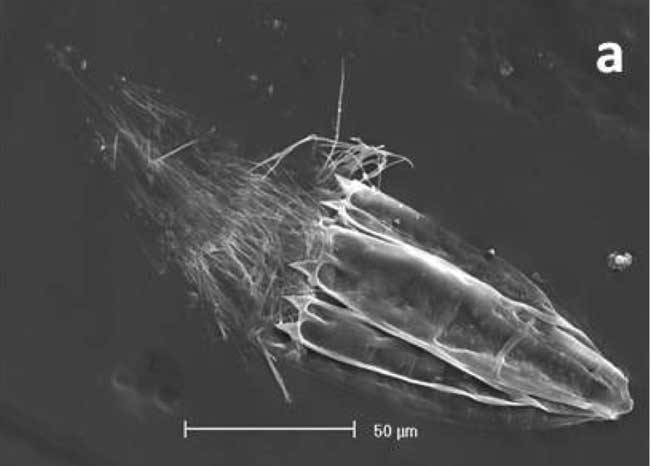Animals Living Without Oxygen Discovered for First Time

Animals that live without oxygen have been discovered for the first time, deep under the Mediterranean Sea.
A wide variety of single-celled organisms that live anaerobically, or without oxygen, had been found in the past, usually deep underwater or deep underground. But researchers had not found a multi-cellular or metazoan animal that did so until now — the giant tube worms that live by hydrothermal vents, for instance, rely on dissolved oxygen.
In the past decade or so, researcher Roberto Danovaro at the Polytechnic University of Marche in Ancona, Italy, and his colleagues conducted three expeditions off the south coast of Greece looking for signs of life in samples of mud from deep, hyper-salty basins in the Mediterranean Sea more than 10,000 feet (3,250 meters) deep. These basins are completely anoxic, or oxygen-free, and loaded with toxic levels of sulfides.
In these extremes, the investigators were only expecting to see viruses, bacteria and other microbes. The bodies of multi-cellular animals had previously been discovered in these sediments, "but were thought to have sunk there from upper, oxygenated, waters," explained Danovaro.
Instead, "our results indicate that the animals we recovered were alive," Danovaro said. "Some, in fact, also contained eggs."
These creatures, which measure less than 1 millimeter long, are known as loriciferans. They somewhat resemble jellyfish sprouting from a conical shell.
Electron microscopy revealed the three new species of loriciferans the researchers discovered lack mitochondria, the energy-making organelles or components in our cells that allow us to generate energy from oxygen among other functions. Instead, they possess large numbers of organelles resembling hydrogenosomes — anaerobic forms of mitochondria — that were previously seen in single-celled organisms inhabiting no-oxygen environments.
Get the world’s most fascinating discoveries delivered straight to your inbox.
These new animals could shed light on what life might have looked like before the rise of oxygen levels in the deep ocean and the appearance of the first large animals in the fossil record roughly 550 million to 600 million years ago, the scientists noted.
The implications of this discovery might also reach far beyond the Mediterranean Sea, explained biological oceanographer Lisa Levin of the Scripps Institution of Oceanography in San Diego, who did not take part in this research.
This new, unexpected finding "offers the tantalizing promise of metazoan life in other anoxic settings — for example, in the subsurface ocean beneath hydrothermal vents, or subduction zones, or in other anoxic basins," Levin said, referring to the subduction zones where one slab of Earth called a tectonic plate dives beneath another and sometimes leads to earthquakes.
"Good places to look might be the Cariaco Basin and the Black Sea, as well as the many borderland basins off southern California and Baja California."
"Are there metazoans on other planets with atmospheres different from our own?" Levin added. "Our ability to answer this question would be strengthened considerably by more intensive studies of animal-microbe interactions in extreme settings of our own inner space — the deep ocean."
Danovaro and his colleagues detailed their findings online April 6 in the journal BMC Biology.
- Top 10 Scariest Sea Creatures
- Image Gallery: Alien Life Under the Antarctic
- Amazing Animal Abilities



